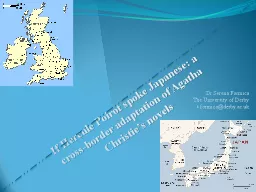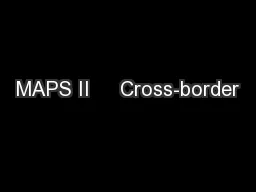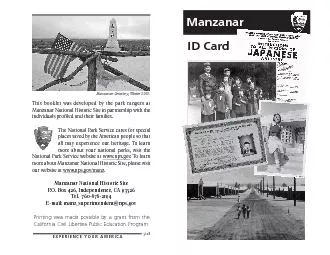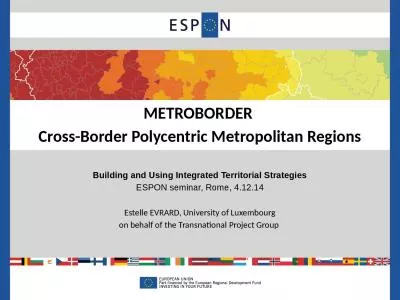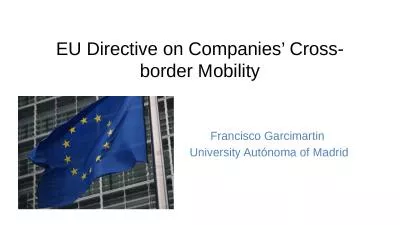PPT-If Hercule Poirot spoke Japanese: a cross-border adaptation
Author : min-jolicoeur | Published Date : 2017-10-27
Dr Serena Formica The University of Derby sformicaderbyacuk A Transnational Cinema Scholars agree that Is made by transnational filmmakers has transnationalism
Presentation Embed Code
Download Presentation
Download Presentation The PPT/PDF document "If Hercule Poirot spoke Japanese: a cros..." is the property of its rightful owner. Permission is granted to download and print the materials on this website for personal, non-commercial use only, and to display it on your personal computer provided you do not modify the materials and that you retain all copyright notices contained in the materials. By downloading content from our website, you accept the terms of this agreement.
If Hercule Poirot spoke Japanese: a cross-border adaptation: Transcript
Download Rules Of Document
"If Hercule Poirot spoke Japanese: a cross-border adaptation"The content belongs to its owner. You may download and print it for personal use, without modification, and keep all copyright notices. By downloading, you agree to these terms.
Related Documents

